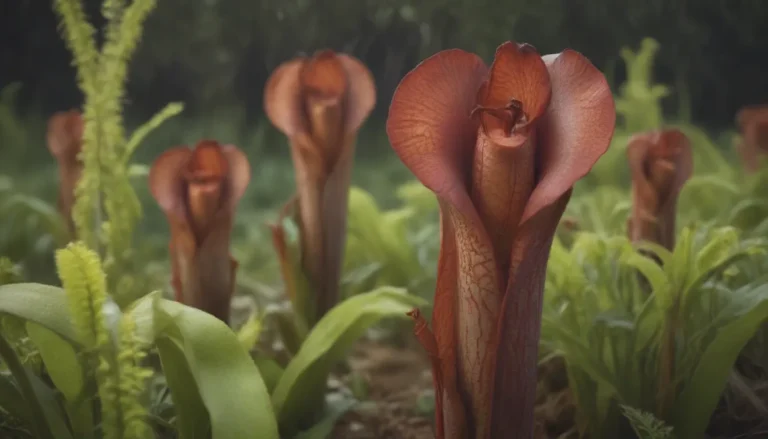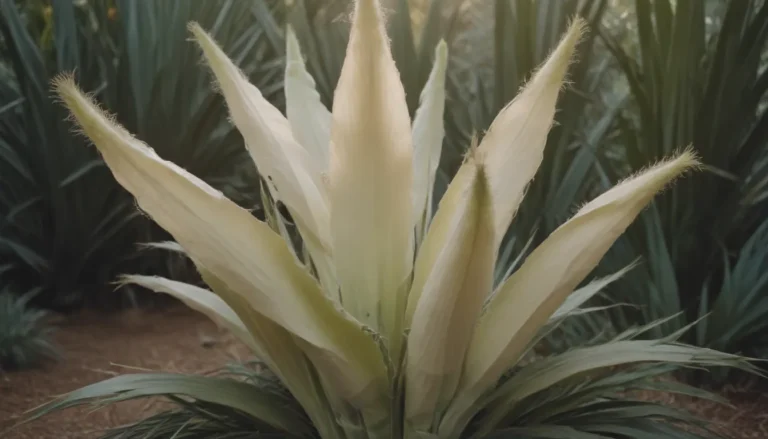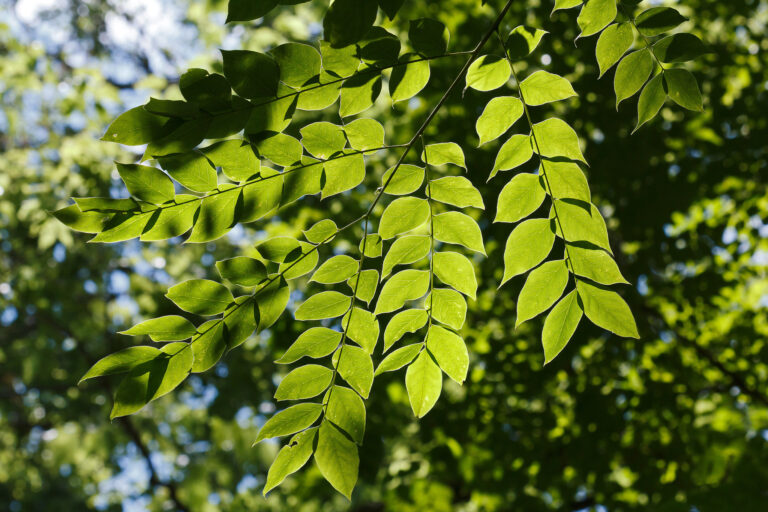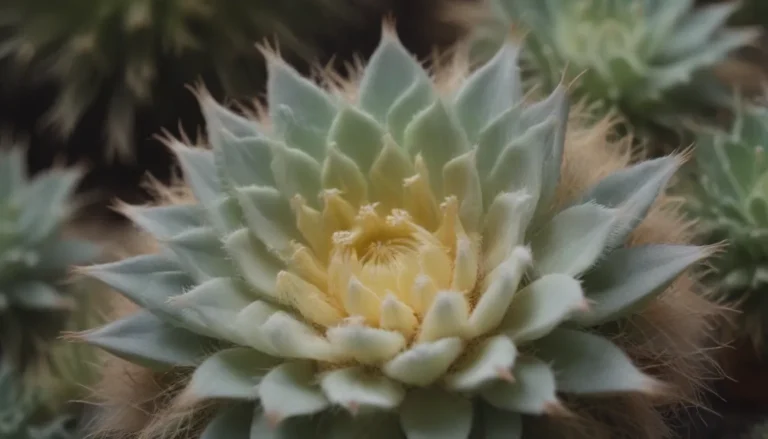How to Effectively Eliminate Mealybugs: 7 Practical Methods
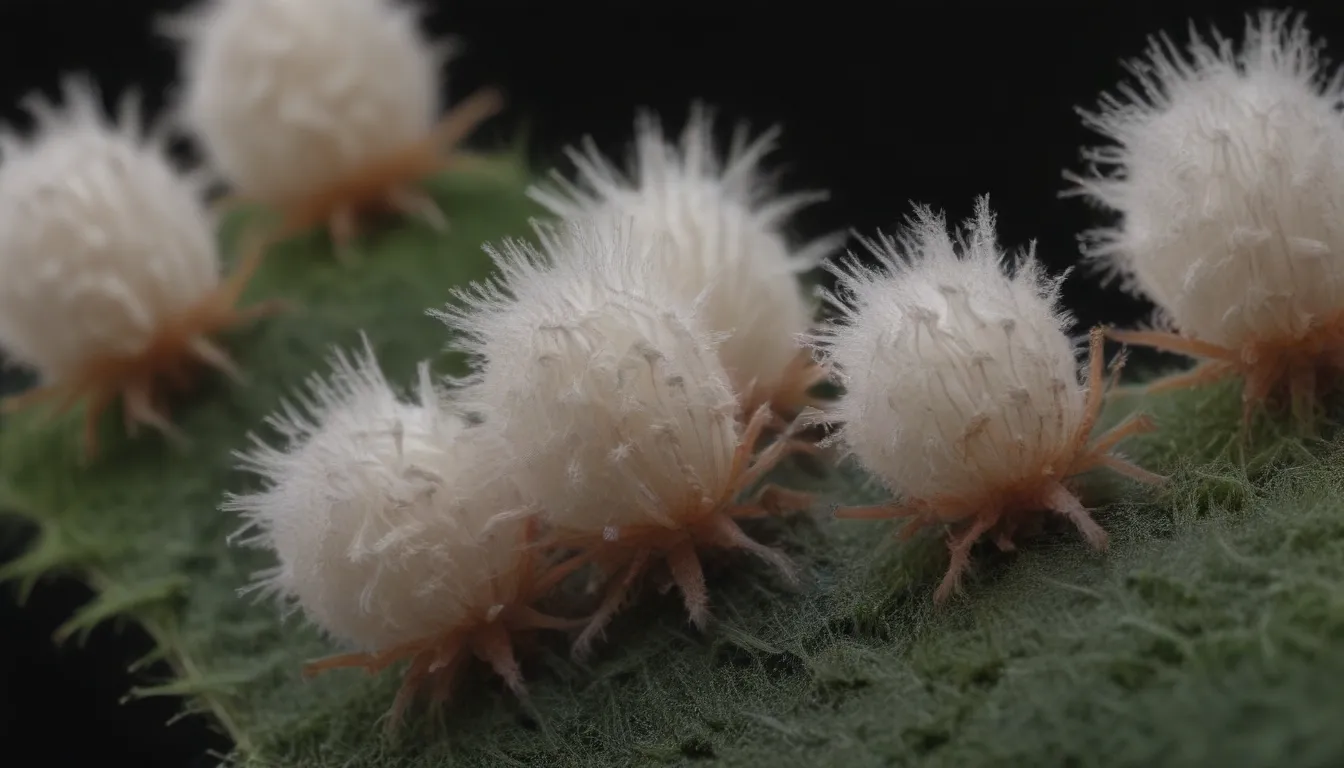
Mealybugs, a common pest in the insect world, can wreak havoc on your plants by sucking the juice from their host plants, particularly new growth. Whether you are dealing with mealybugs on houseplants or in an outdoor setting, knowing how to get rid of mealybugs is crucial to maintaining healthy vegetation. In this comprehensive guide, we will explore seven effective methods to help you combat mealybugs and prevent infestations from reoccurring. Let’s dive in and discover the best ways to protect your plants from these troublesome pests.
Understanding Mealybugs: What You Need to Know
Mealybugs are small, oval-shaped insects that belong to the scale insects family. These pests measure between 1/10 to 1/4 inch in size and secrete a powdery wax substance as a protective coating. Their appearance is characterized by a white cottony material that is easily identifiable when they take residence on the stems and leaves of plants. While mealybugs are more commonly found in warm climates, they can still present a problem for houseplants in northern regions and can become a serious threat to entire crops in warmer areas.
Light vs. Moderate Mealybug Infestations
Before exploring the methods to get rid of mealybugs, it’s essential to understand the difference between light and moderate to heavy infestations. While light infestations can be relatively easy to address, heavy infestations may require more intensive measures to combat effectively.
- Light infestation:
- Easily manageable with simple intervention.
- Moderate to heavy infestation:
- Requires more thorough and persistent eradication efforts.
7 Effective Methods to Eliminate Mealybugs on Plants
Method 1: Wash Mealybugs Away
Step 1:
– Carefully inspect the affected plant for mealybugs.
– Gently rinse the plant with a steady stream of water, focusing on areas where mealybugs are present.
Step 2:
– Use a soft brush or cloth to manually remove mealybugs from the plant’s surface.
– Ensure to dispose of any mealybugs you collect to prevent reinfestation.
Method 2: Use Isopropyl Alcohol
Step 1:
– Dilute isopropyl alcohol with water in a spray bottle.
– Apply the solution directly to mealybugs, focusing on heavily infested areas.
Step 2:
– Allow the alcohol to dry on the plant, as it will help kill the mealybugs on contact.
– Repeat the process as needed until the infestation is under control.
Step 3:
– Monitor the plant for any signs of mealybugs returning and reapply the alcohol solution if necessary.
Method 3: Spray With Insecticidal Soap
Step 1:
– Purchase a commercial insecticidal soap specifically designed to target mealybugs.
– Follow the instructions on the product label for application.
Step 2:
– Thoroughly coat the affected plant with the insecticidal soap, ensuring complete coverage.
– Reapply as needed to maintain control over the mealybug population.
Step 3:
– Monitor the plant for any adverse reactions to the soap and discontinue use if necessary.
Method 4: Use Neem Oil
Step 1:
– Acquire neem oil, a natural insecticide that is effective against mealybugs.
– Dilute the neem oil with water according to the manufacturer’s instructions.
Step 2:
– Apply the neem oil solution to the plant, covering all areas where mealybugs are present.
– Repeat the treatment regularly to keep mealybugs at bay.
Step 3:
– Consider using neem oil as a preventative measure to deter future mealybug infestations.
Method 5: Introduce Predatory Insects
Utilizing predatory insects to combat mealybugs can be a natural and effective way to control their population. While this method may take longer to yield results, it can have beneficial effects on your entire garden ecosystem. Predatory insects such as lacebugs, parasitoid wasps, and the “mealybug destroyer” beetle are known to prey on mealybugs and help keep their numbers in check.
Step 1:
– Research and purchase predatory insects that are effective against mealybugs.
– Release the insects in the affected area and allow them to do their job.
Step 2:
– Monitor the predatory insects’ progress and assess their impact on the mealybug population.
Method 6: Use Homemade Insect Spray
Step 1:
– Prepare a homemade insect spray using simple ingredients like garlic, chili peppers, and soap.
– Mix the ingredients together in a spray bottle and shake well to combine.
Step 2:
– Liberally apply the homemade insect spray to the plant, focusing on areas where mealybugs are concentrated.
– Repeat the application as needed to control the infestation.
Step 3:
– Avoid spraying the solution during peak sunlight hours to prevent plant damage.
Step 4:
– Regularly inspect the plant for any signs of new mealybug activity and reapply the insect spray as necessary.
Method 7: Use Synthetic Chemical Pesticide
When all other methods have been exhausted and a severe mealybug infestation persists, using a synthetic chemical pesticide may be necessary as a last resort. However, it is crucial to exercise caution when using chemical pesticides, as they can have harmful effects on beneficial insects and the environment. Always follow the manufacturer’s instructions and guidelines when applying synthetic pesticides.
Step 1:
– Choose a synthetic chemical pesticide that is formulated to target mealybugs specifically.
– Apply the pesticide according to the instructions on the product label.
Step 2:
– Use protective gear, such as gloves and a mask, when handling chemical pesticides.
– Limit exposure to the pesticide and avoid applying it in areas frequented by children or pets.
Understanding Mealybug Prevention
Prevention is key when it comes to managing mealybug infestations. By implementing proactive measures, you can reduce the likelihood of mealybugs taking over your plants. Here are some tips to help prevent mealybugs from becoming a problem:
- Ensure your plants are healthy and well-maintained to deter mealybugs.
- Avoid overwatering and over-fertilizing, as mealybugs are attracted to plants with high nitrogen content.
- Conduct regular inspections of your plants to catch mealybug infestations early.
- Quarantine new plants before adding them to your collection to prevent introducing mealybugs.
- If an infestation is severe and cannot be controlled, consider removing the affected plant to prevent the spread of mealybugs.
Mealybugs vs. Scale: What Sets Them Apart
Mealybugs and scale insects are closely related, but they have distinct characteristics that set them apart. Mealybugs are soft-bodied insects that secrete a white, cottony substance, while scale insects form a hard, protective shell on plants. Despite their differences, both pests can cause significant damage to plants if left unchecked. Understanding the nuances between mealybugs and scale can help you determine the best approach to pest control.
In conclusion, mealybugs can be a nuisance for plant enthusiasts, but with the right knowledge and strategies, you can effectively manage and eradicate these pests. By incorporating the methods outlined in this guide and practicing preventative measures, you can protect your plants from mealybug infestations and maintain a healthy garden environment. Remember, early detection and swift action are key to successfully combating mealybugs and preserving the beauty of your plants.
For more information on mealybugs and pest management, consult reputable sources such as the American Orchid Society, NC State Extension, and the University of California Integrated Pest Management Program. Stay informed and proactive in your approach to mealybug control to ensure the long-term health of your plants and garden.
References:
– Mealybugs on Orchids – American Orchid Society
– Mealybugs – NC State Extension
– Mealybugs – Missouri Botanical Garden
– Mealybugs Management Guidelines – University of California Integrated Pest Management Program
– Neem Oil General Fact Sheet – National Pesticide Information Center, Oregon State University Extension Services
– Cold Pressed Neem Oil (025006) Fact Sheet – U.S. Environmental Protection Agency
– Citrus Mealybug – University of Florida IFAS
– Human Health Issues Related To Pesticides – U.S. Environmental Protection Agency
Remember, a healthy garden starts with proactive pest management and a watchful eye for any sign of trouble. Happy gardening!
